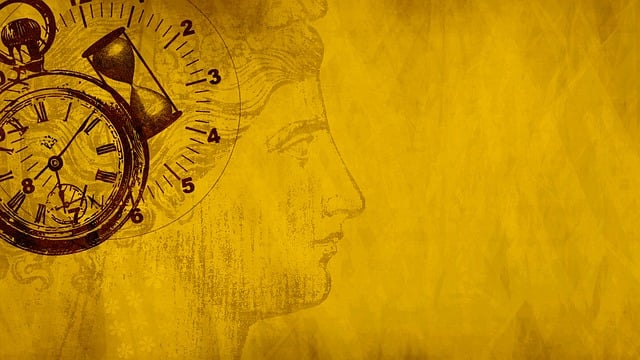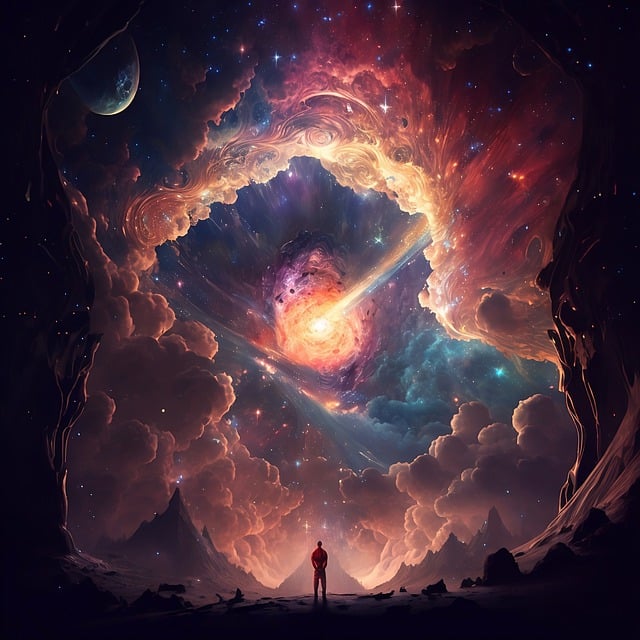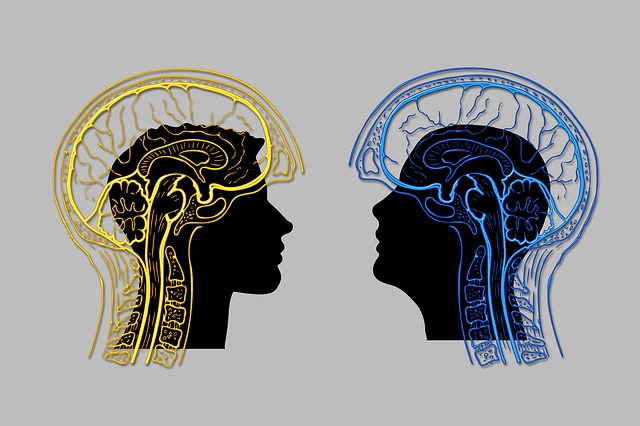 Since Time, an elusive concept that governs our lives, is a fundamental aspect of human ancient civilizations, humans have strived to understand and measure time in various ways. From the sundials of ancient Egypt to the atomic clocks of the modern era, the measurement of time has evolved, enabling us to synchronize our activities and navigate the world around us.
Since Time, an elusive concept that governs our lives, is a fundamental aspect of human ancient civilizations, humans have strived to understand and measure time in various ways. From the sundials of ancient Egypt to the atomic clocks of the modern era, the measurement of time has evolved, enabling us to synchronize our activities and navigate the world around us.
Within the vast expanse of the cosmos, scientists rely on celestial events and phenomena to measure time. One such celestial clock is the rotation of planets and stars. For instance, the rotation of Earth on its axis provides the basis for our familiar 24-hour day. Likewise, the orbit of the earth around the sun defines a year.
To conceptualize and convey the vastness of cosmic time, scientists often use cosmic calendars. These calendars compress the entire history of the universe into a more relatable timeframe. For instance, if the entire lifespan of the universe were represented as one year, then human civilization would occupy just a few seconds.
When it comes to describing the vast distances of the cosmos, we redefine those distances in terms of “light years” – effectively trading physical measurements for a measure of the number of earthly orbits.
Science attempts to understand the age of the universe by calculating time in terms of years – using that earthly orbital standard when the beginning point was before the earth even existed.
Confused yet?
None of these concepts addresses the fundamental and unanswerable question – “what is time?” More importantly, how does our understanding of time impact our understanding of the nature of God and the universe?
The Bible and our human interpretation of its contents only adds to our confusion. At the same time, that confusion serves to show us that the universe and our very existence depends on the vast and mysterious volume of information that separates us from our Creator.
If nothing else, the mindboggling and complex efforts to understand time reminds us that God exists in a form that we cannot begin to understand, and we are left with the realization that we must “take it on faith,” because we are ill-equipped to understand that which we have no language to describe.








